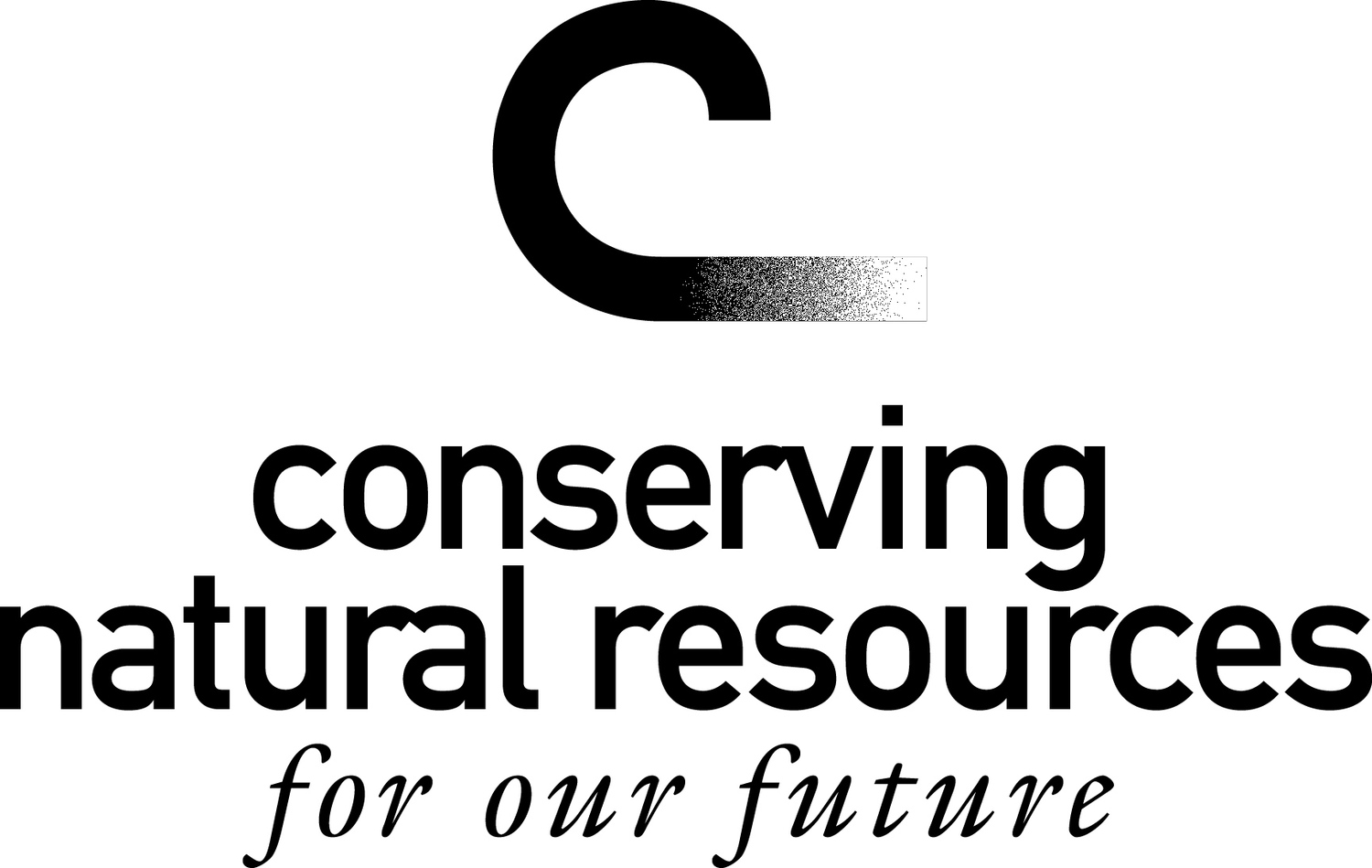The Soil & Water Conservation Districts (SWCD) work with agricultural producers to develop conservation plans in an effort to minimize negative impacts of agriculture on natural resources. We are a non-regulatory group and our cooperators work with us voluntarily.
Conservation Technical Assistance (CTA) is the help provided by SWCD, USDA Natural Resources Conservation Service (NRCS), employees of other entities, or agencies under the technical supervision of NRCS to clients to address opportunities, concerns, and problems related to the use of natural resources. The CTA Program provides land users with proven conservation technology and the delivery system needed to achieve the benefits of a healthy and productive landscape. The primary purposes of the CTA Program are to:
Reduce soil loss from erosion
Solve soil, water quality, water conservation, air quality, and agricultural waste management problems
Reduce potential damage caused by excess water and sedimentation or drought
Enhance the quality of fish and wildlife habitat
Improve the long-term sustainability of all lands, including cropland, forestland, grazing lands, coastal lands, and developed and/or developing lands
Assist others in facilitating changes in land use as needed for natural resource protection and sustainability
Who Needs CTA?
The SWCDs, NRCS, and its partners use the CTA program to provide technical assistance to:
Farmers
Ranchers
Local units of government
Citizen groups
Recreation groups
Tribal governments
Professional consultants
State and Federal agencies
Others interested in actively conserving natural resources
Although the CTA program does not include financial or cost-share assistance, clients may develop conservation plans, which may serve as a springboard for those interested in participating in USDA financial assistance programs. CTA planning can also serve as a door to financial assistance, easement conservation programs, and other benefits provided by other Federal, State, and local programs.
CTA can help land users:
Maintain and improve private lands and their management
Implement better land management technologies
Protect and improve water quality and quantity
Maintain and improve wildlife and fish habitat
Enhance recreational opportunities on their land
Maintain and improve the aesthetic character of private land
Explore opportunities to diversify agricultural operations
Develop and apply sustainable agricultural systems
This assistance may be in the form of resource assessment, practice design, resource monitoring, or follow-up of installed practices.
For more information on conservation planning assistance, please contact us.



